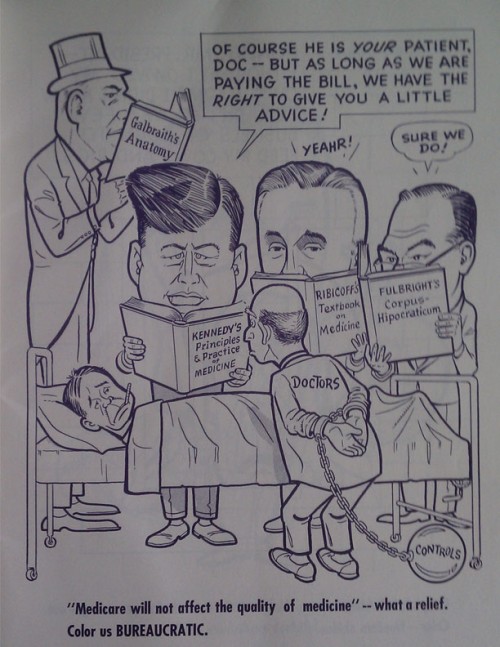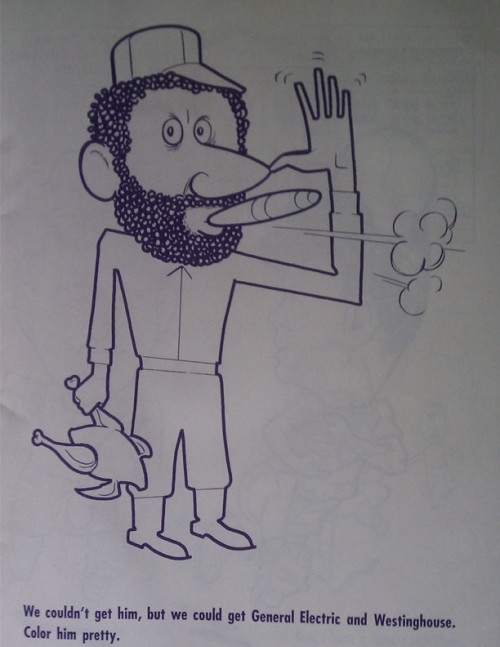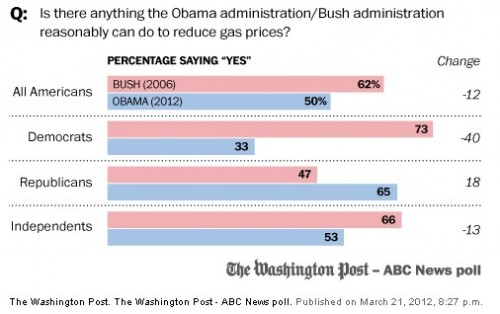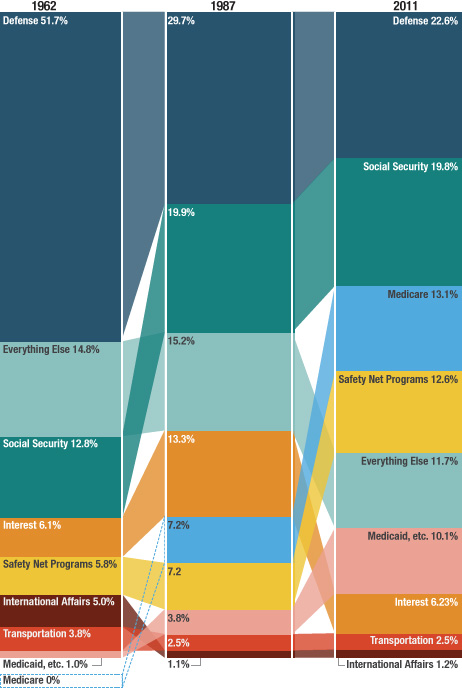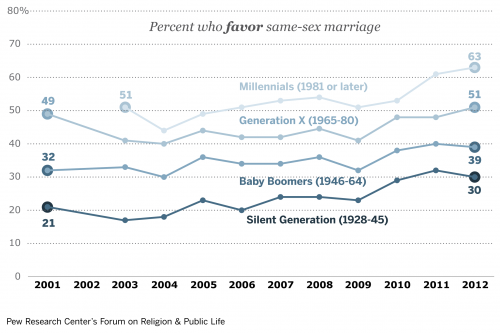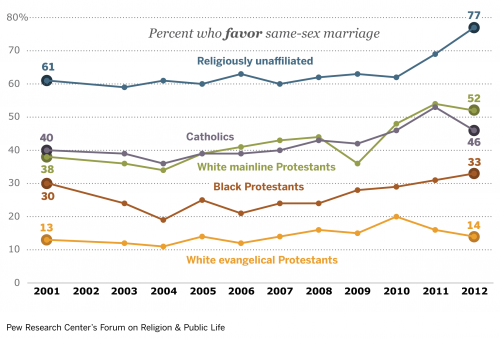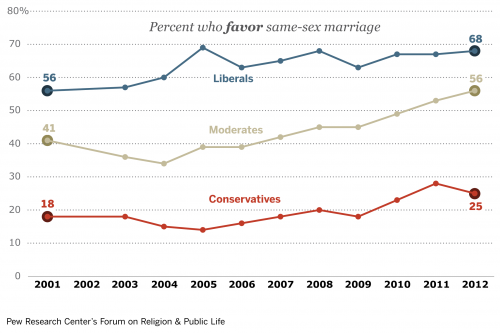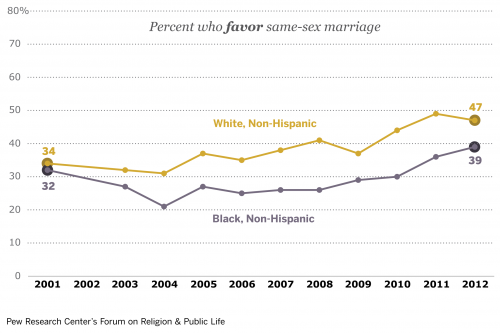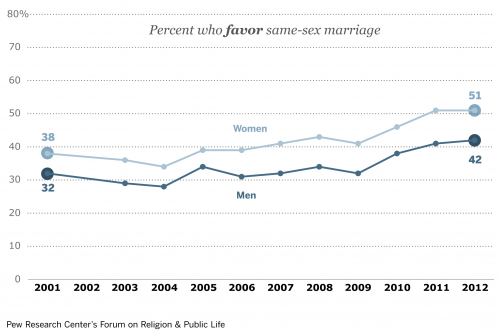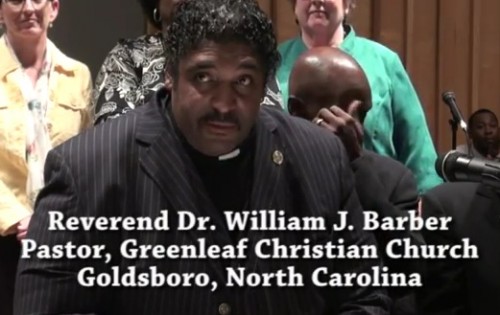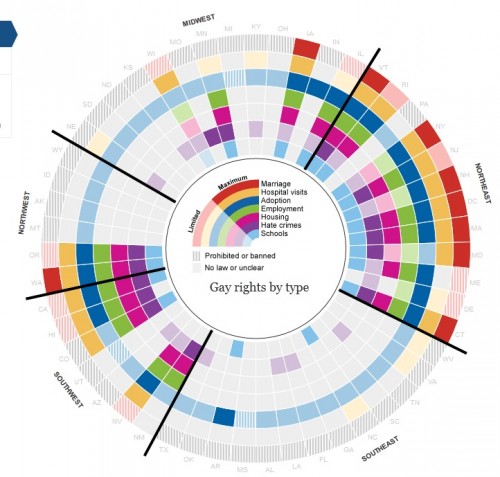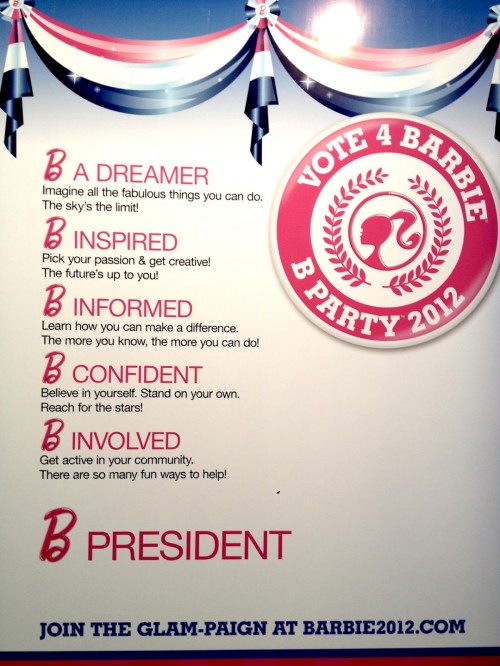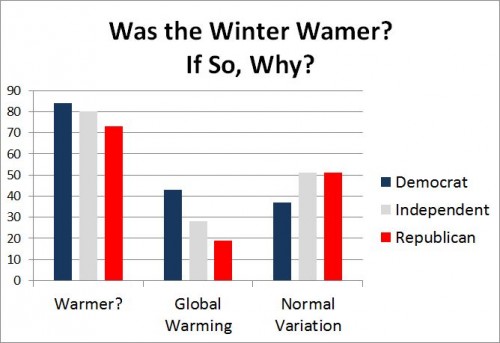Recently Talking Points Memo posted a 1960s coloring book sent in by a reader, who found it among her grandmother’s things. The coloring book, New Frontier, mocks John F. Kennedy and a number of his policies.
What’s fascinating is how closely some of the arguments in it match rhetoric in the presidential debate today. There’s concern that the President’s programs — in this case, Medicare — will negatively affect the quality of medical care, inserting the federal government between patients and doctors:
And an association with Harvard advisors was worthy of scorn then, too:
Another accuses Kennedy of attacking business at the expense of dealing competently with external national security threats:
It’s an interesting reminder that many of the attacks we see against President Obama today aren’t new; there’s the newest round in an ongoing struggle about social policies and political priorities.

